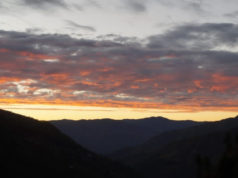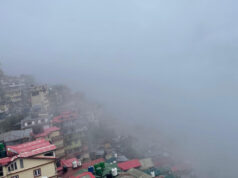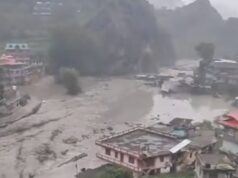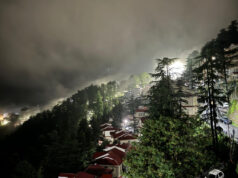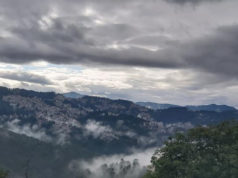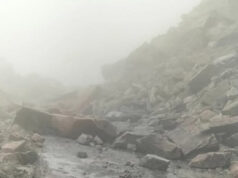Shimla – Himachal Pradesh has experienced significantly less rainfall than usual this March, with the state recording a 28% deficit from March 1 to March 28. Against an expected 105.7 mm of rain, only 75.8 mm fell across the state, raising concerns about water availability and rising temperatures as the dry spell continues.
According to data from the Meteorological Center Shimla, rainfall deficits varied across districts. Una saw the steepest decline at 59% less rain than normal, followed by Chamba (55%), Lahaul-Spiti (41%), Kangra (36%), Hamirpur (35%), Kinnair (34%), Bilaspur (33%), Solan (37%), and Sirmour (24%). In contrast, some regions bucked the trend: Kullu received 27% more rain than normal, Mandi 17%, and Shimla 6%.
The lack of precipitation has coincided with a noticeable uptick in temperatures. On Thursday, Una recorded the state’s highest maximum temperature at 35°C, while other regions like Bilaspur (33.8°C), Kangra (32.8°C), Mandi (32.2°C), and Solan (30.5°C) also felt the heat. Even in higher altitudes, Shimla reached 24.4°C and Manali 23.8°C. Minimum temperatures on Friday ranged from a chilly 2.3°C in Kukumseri to a milder 18.0°C in Paonta Sahib.
The weather is expected to remain dry across Himachal Pradesh from March 28 to April 3, with clear skies forecast statewide. “The sun is shining brightly today, even in the capital Shimla,” a spokesperson from the Meteorological Center Shimla said. “With no significant rainfall expected, temperatures are likely to rise further in the coming days.”
Meteorologists predict a drop in minimum temperatures by 2-3°C over the next 24 hours, followed by a gradual increase of 2-4°C over the subsequent 2-3 days. Maximum temperatures, however, are expected to hold steady for the next 3-4 days, with a slight rise of 2-3°C possible at isolated locations thereafter.
The dry weather follows recent snowfall that has left about 40 rural roads in Lahaul-Spiti impassable, disrupting vehicle movement in the region. Meanwhile, the plains and mountainous areas alike are grappling with increasing heat, a stark contrast to the snow-covered higher reaches just days ago.
As the state heads into April with no immediate relief from the dry conditions, residents and authorities are bracing for potential challenges, including water shortages and heightened wildfire risks, amid the unseasonably warm weather.


